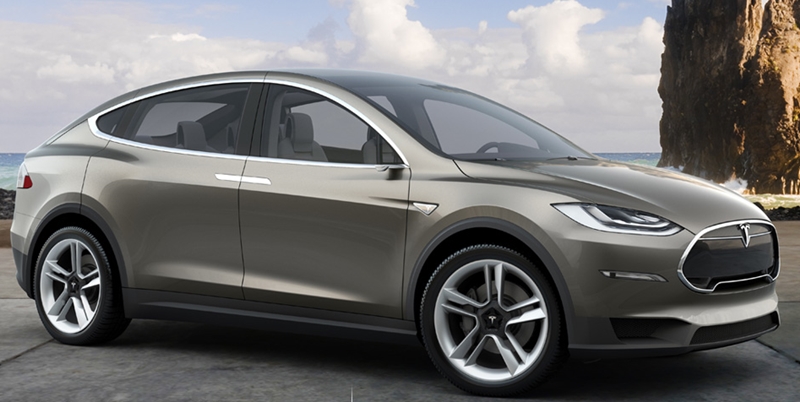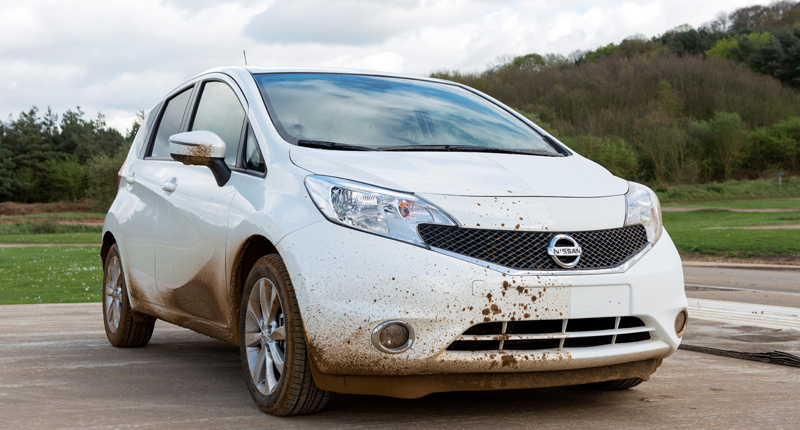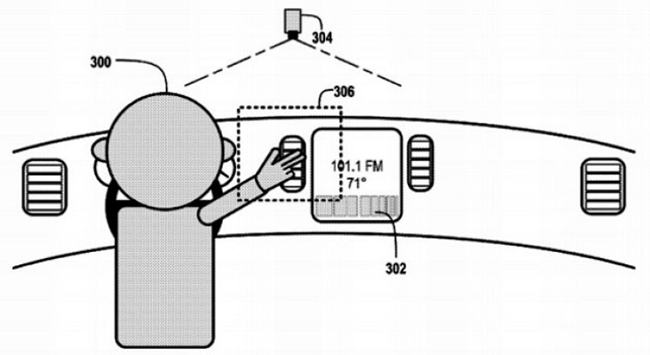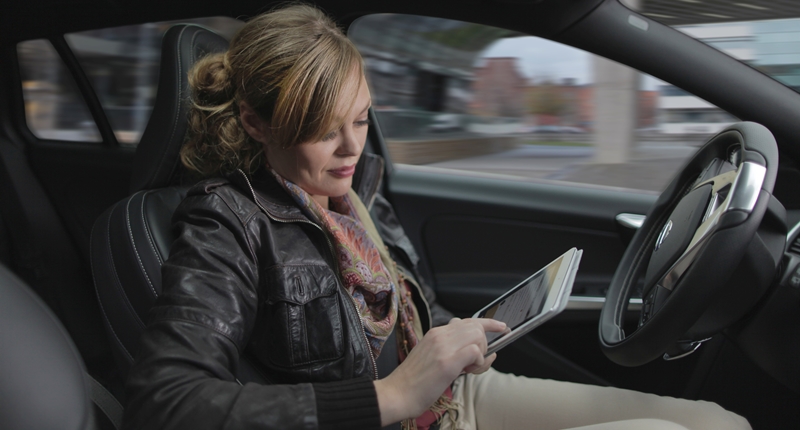A new wireless broadband option aimed at fibre-frustrated households Vox has introduced Vox Kiwi Home Wireless, a next-generation broadband solution designed for South Africans…
6 examples of future-tech that will make motorists even lazier

The modern car has rendered the average motorist lazier than a coffee-starved sloth.
It started way back in the 1940s with the advent of the humble electric window. And, quicker than you could say “that sounds too much like hard work”, a whole host of electric in-car functions followed: electric power steering, electric tail-gates, electric side-mirrors, electric pretty-much-everything.
Of course, car manufacturers have since run (well, perhaps walked briskly) with this idea of man’s predilection for indolence. Today, many vehicles can read text messages, provide turn-by-turn navigation and even take the pain out of parallel parking.
Some will even brake for you if you happen to forget. We have automatic headlights, auto-adjusting high beams, rain-sensing wipers, and self-dimming mirrors. And, of course, the automatic transmission has become the go-to gearbox in many markets as drivers become increasingly passive.
Basically, modern technology has taken the effort out of all sorts of seemingly menial automotive chores, or indeed banished these tasks altogether. Sure, you could argue that this makes our lives easier, and that some examples even help to make our roads safer. But there’s no denying that the smart automobile has made us lazier. And a lazy driver isn’t a good driver.
But it’s a trend that’s set to continue. So heress a look at a handful of examples of future technology that will make us even more work-shy.

Look, car-washing can be a bit of a chore — particularly if you take it to such an extreme that it consumes pretty much an entire day (yes, I’ve been there). But it also provides an opportunity to get to know your vehicle better, and perhaps more importantly, spot any bodywork issues before they get out of hand. And, of course, there’s nothing quite like standing back and admiring your handiwork: a freshly washed/clayed/polished car.
But if Nissan gets its way, car-washing will one day be as dead as your right arm after seven hours of bonnet polishing (no, that’s not a euphemism). The Japanese manufacturer has teamed up with the clever folks at UltraTech International to create a “self-cleaning” prototype Nissan Note. It features paintwork that is both super-hydrophobic and oleophobic, which means that it repels water and oils. Nissan says the special coating has “responded well to common use cases including rain, spray, frost, sleet and standing water”.
2. In-car gesture control

The first automobiles didn’t have windows. When glass was eventually added, the side windows were fixed. Manual window-winders followed, before the electric window as we know it today arrived on the scene. What will the future of window control involve? Perhaps nothing more than a sleepy swipe of the hand in the general direction of the glass – if Google pushes on with its in-car gesture recognition technology, that is.
We’ve had an in-depth look at this topic before here at Motorburn, and we came to the conclusion that the gesture control in cars of the future will in all likelihood be limited to user interface functions rather than full-blown vehicle operation. Either way — and despite the obvious geek factor — is it really too much effort to just, say, increase the audio system’s volume using the already at-hand steering wheel controls?
3. Self-parking cars
These days, “assisted parking†functions are about as common as Gangnam Style parody videos were back in 2012. And, while they do have their limitations (mostly because they rely on sometimes haphazard sensors), they can be super-useful for those who have an unholy fear of parallel parking. After all, they take over the steering responsibilities, leaving the driver to concentrate on nothing more than the throttle and brakes.
What about cars that can park themselves without any input (other than a simple instruction via a mobile phone app) from the driver? Well, the technology certainly exists – the likes of Audi, BMW, Ford, Land Rover and Volvo have all demonstrated that much, but legislation in many parts of the world is still standing firmly in its way. When the technology does come to market, however, it’ll likely result in throngs of lardy motorists exiting their vehicles right at the entrances of shopping malls (and probably flopping onto Segways), sending their cars away to find and fill parking bays with the click of a button.
4. e-Mirrors

Turning one’s head a few degrees to check a side-mirror isn’t exactly physically taxing. But automakers are apparently keen to unburden us of this task (blind-spot monitors — which coincidentally are by no means foolproof — have already kicked off this neck-saving revolution). So, what exactly are “e-Mirrors”? Well, they’re basically simple video cameras that replace traditional side-mirrors, sending live images into the cockpit to be displayed on monitors that can be easily viewed by the driver.
Such systems have been demonstrated on concept vehicles by many automakers, but legislation has again proved to be a sizable stumbling block. Of course, e-Mirrors wouldn’t merely make the lives of lazy motorists easier, they’d also allow designers to delete side-mirrors (which are formidable enemies of efficient aerodynamics) altogether and thus vastly improve a given vehicle’s slipperiness through the air. The ultimate goal? Better fuel consumption. And less effort from idle drivers.
5. Wireless charging
If the future of motoring does indeed lie in the electric vehicle — or even the plug-in hybrid — we’re all going to have to get used to plugging in our cars when we arrive at our destinations. Or are we? Inductive or “wireless” charging, as opposed to conductive charging (using a cable), is gaining traction in the automotive world, with real-world testing taking place in a few studies around the world.
Of course, this news will be music to the ears of languid drivers, who probably abhor the chore of stopping for petrol or indeed the task of manually plugging in their electric cars in their cramped garages. What could be easier than simply parking your vehicle — likely with the help of a parking assist function — over a transmitting coil in the ground?
6. Autonomous cars

Ah, the biggie. The lazy motorist’s ultimate. The tech that will one day, in fact, magically transform a driver into a passenger. Likely a snoozing passenger. And — if the experts are to be believed — it’s just a few years away.
Yes, the self-driving car will take all the pain out of driving by simply removing the need to drive at all. Google’s set of autonomous cars has already clocked up well over one million accident-free kilometres, and is currently learning how to safely deal with the many perils of busy US city streets. It all looks very promising – unless, of course, you actually enjoy driving.

